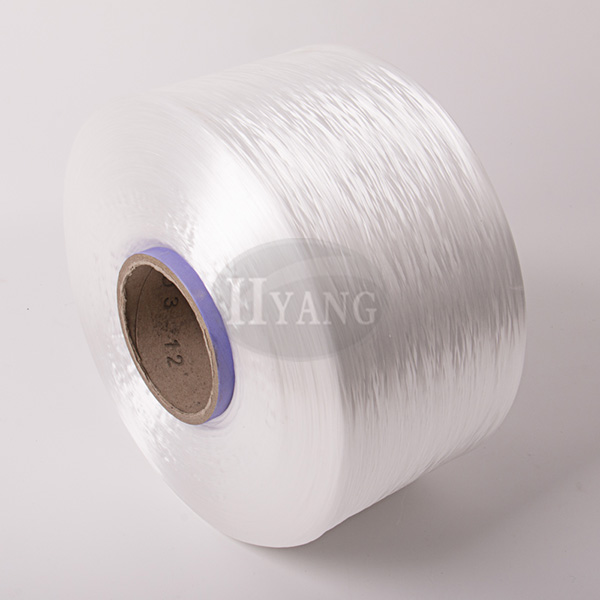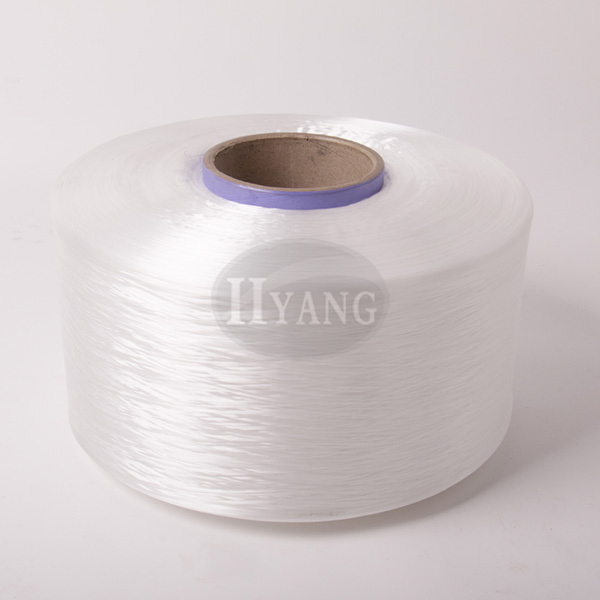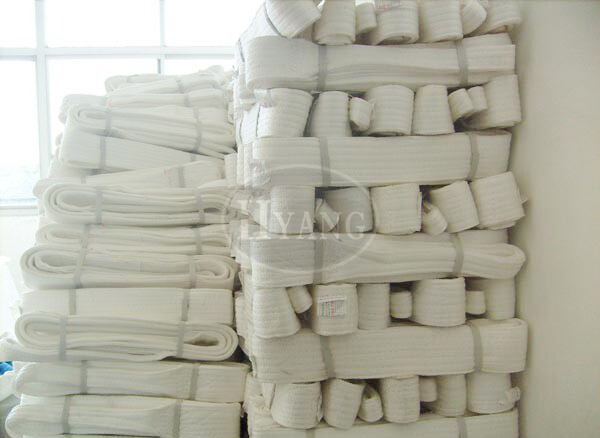
- Tel:0086-0523-87360106
- Cel:0086-18914408040 /13914429808
- E-mail:2370108759@qq.com
- Add:Heshi Town Industrial Zone, Taixing City, Jiangsu Province
Traditional industries account for as much as 80% of China's industrial structure and are also the foundation for forming new productive forces. However, in the minds of many people, "labor-intensive, high energy consumption and low added value" are also its labels. Today, how can traditional industries move towards the "new" and shed the "traditional" label? Not long ago, a reporter visited Zhejiang Province, where the output value of traditional industries accounts for more than 60%. The textile industry has always been a dominant industry here, forming a modern textile and garment cluster around Hangzhou Bay. Next, we follow the reporter's camera and take a look at the "cocoon breaking" path of traditional industries through "a single thread".
The fabric goes in and the suit comes out. The jacket and trousers are automatically matched in the hanging system. In Ningbo, clothing is produced in this way; By using 3D and programming technologies, the precious fabric that had been lost for a thousand years - Liao Ling - was successfully restored in Haining, Jiaxing with the help of strings of codes. In Paris, France, relying on the new generation of waterless printing and dyeing machines produced in Hangzhou, the staff completed the entire process from design to production of a silk scarf within two hours.
In Zhejiang, the traditional textile industry is becoming less "traditional". Entering the headquarters factory of this enterprise in Hangzhou, the reporter found that most of the workstations in the sales department were empty and the employees were mostly on business trips to handle orders.
Looking at the orders in front of him, the staff member told the reporter that his biggest feeling this year is that traditional textile enterprises are all seeking change, and the enterprises themselves are also the result of change. Although the equipment is selling well now, it was originally just a traditional silk enterprise, and all the printing and dyeing equipment had to be purchased from abroad. The decision to develop and produce printing and dyeing machines was made to solve the long-standing problem of wastewater discharge in the textile printing and dyeing industry.
It's never easy to change.
To bid farewell to the water washing process, which caused the most environmental pollution in the past, it is necessary to increase the dye adhesion rate. The average dye adhesion rate in the industry is only over 60%. To achieve a rate close to 100%, the difficulty can be imagined.
This four-storey factory building bears witness to how a silk factory has gradually shed its "traditional" label. The first to second floors are the traditional silk printing and dyeing processes, and all the equipment occupies an area of more than 5,000 square meters. On the fourth floor, the newly developed waterless printing and dyeing machine occupies less than 50 square meters. All the original dozen or so processes have been compressed into such a single machine.
Not only the traditional production mode is changing. At present, the large models independently designed by enterprises can design 100,000 different silk scarves for each of the 8 billion people in the world. Genetically modified silkworms can produce colorful silk. Technological innovation and cross-border integration are breathing new life and vitality into the traditional silk industry.
Declaration: The content and template of this article are compiled from the Internet and the copyright belongs to the original author. If there is any infringement, please inform us in time and contact us for deletion.
- The 11th Emerging Industry Investment and Financing Conference and the National Textile and Garment
- Hongyang Chemical Fiber: Practice and Analysis of the Production Process of polypropylene air change
- From engineering sites to protective fields: The Definition and Characteristics of Polypropylene Hig
- Beifu Design pays tribute to the 80th anniversary of the victory of the Chinese People's War of Resi
- The intangible cultural heritage of Liaoning, the cheongsam, made a stunning appearance at the Osaka
- Qixi Festival Affection Ties polypropylene high strength yarn: With tough filament, we fasten the et
- Liaoning is promoting the digital transformation of the textile and garment industry
- The unique process of polypropylene air change yarn and the quality guarantee of Hongyang Chemical F
- In the interweaving of longitude and latitude, one can touch the thousand-year-old silk cultural her
- The toughness of polypropylene high-strength filament: Why is It favored by various industries
- Contact Us
- Unified Service Hotline: 0086-0523-87367699
- All rights reserved Taixing Hongyang New Material Technology Co., Ltd.
Technical Support::China polypropylene network




